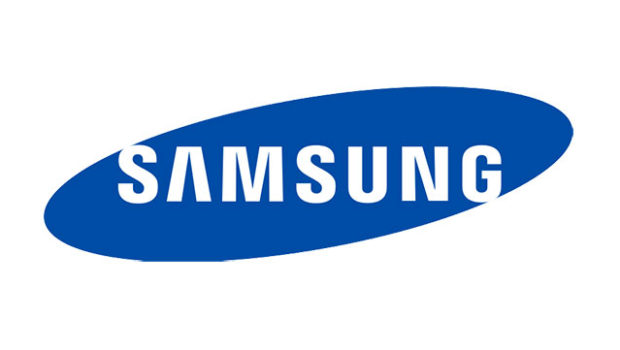Samsung

From interactive refrigerators to commercially available innovative wearable gadgets that make our everyday activities smoother, the name Samsung has come to represent sleekly designed, easy to use, and decently priced gadgets and so much more.
Having started out as a small export company in the 1930s, Samsung has grown to become a multinational and multifaceted business giant imprinting its seal of excellence on key industries. Samsung is a big player in many diverse areas including but not limited to high tech electronics, digital media, engineering, construction, and insurance. A commitment to building a world-class brand and the ability to identify windows of opportunity have both contributed immensely to making Samsung a formidable brand. This also explains why the brand is one of the top twenty most valuable brands today.
Branding Strategy
Understanding consumers’ needs and the insatiable drive to meet those needs has been at the core of Samsung’s brand building. The strategies employed include:
- Research and development.
- High tech innovations.
- Generous funding of projects.
- Strategic partnering.
- Sponsorships and Community building.
- Aggressive advertising.
- Competitive pricing.
They have driven the brand mainly through research and generous spending in seeking out solutions to everyday problems. This ultimately helps in capturing the mind of consumers. The design and sleekness of their devices has also made it become more like a lifestyle. They had a major breakthrough with the black and white television and have kept their lead with more daring innovations such as the LED technology which has contributed in making them the most dominant in the TV market for over ten years.
Their dominance is also felt in mobile phones sales, which used to be dominated by Nokia in the early 2000s. They were able to take hold of the market through competitive pricing and innovative ideas.
At the launching of the Samsung galaxy S7, they installed 5000 Gear VR headsets in an unprecedented move, thereby making it possible for everyone present at the launch to virtually watch as the product was getting introduced. This was done in partnership with Facebook owner, Mark Zukerberg, as he discussed the many possibilities of the VR. The partnership with Mark Zukerberg is strategic, and is set to further secure and deepen the brand’s hold on the younger and technologically driven generation.
With a marketing budget that was well over Iceland’s GDP in 2013, Samsung reached many more consumers.
They also embarked on several sponsorship programmes, one of which is the deal they had with the UK premier league club ‘Chelsea’. They have also been associated with the winter Olympics and were involved in the eradication of Ebola in West Africa.
With constant research, generous funding of projects, and strategic partnering, Samsung has revolutionised consumer electronics and even non-consumer services. There is a lot to be learn from the branding strategy employed by Samsung that has contributed to making the brand relevant for many years, and transformed it from a boring monotonous technologically driven company to an innovative and dynamic trendsetter.


















































